Are you interested in finding creative ways to recycle fruit scraps? Banana peels, usually discarded, can become a precious ally for your plants. Instead of throwing them in the trash, you can turn them into a natural do-it-yourself fertilizer, full of essential nutrients to promote plant growth and health. In this article, we will guide you step by step in creating one Fertilize using banana peels as the main ingredient. You’ll discover how simple and rewarding it is to contribute to your garden’s ecosystem while achieving amazing results.
Ready to discover the secret of a natural and cheap fertilizer? Read on to learn more!
What can banana peels be used for?
Banana peels are an excellent option for making an organic fertilizer for several reasons. Although not growing banana plants, are readily available and often discarded as food waste, so reusing them as fertilizer is an effective way to reduce waste. Additionally, banana peels contain a variety of nutrients essential for plant growth.
One of the most important nutrients found in banana peels is potassium. The Potassium is a key macronutrient for healthy plant development, as it promotes flowering, fruit formation and disease resistance.
Banana peels also contain a good amount of nitrogen, another essential nutrient. Nitrogen promotes the formation of green leaves, supporting photosynthesis and stimulating lush growth.
In addition to potassium and nitrogen, banana peels also contain calcium, magnesium and phosphorus, which are other vital nutrients. These nutrients help strengthen roots, improve soil structure, and increase the plants ability to absorb and utilize other nutrients found in the soil.
By using banana peels as fertilizer, you will be providing your plants with a natural supply of these key nutrients, contributing to their overall health and the production of abundant flowers and fruit.
How to use banana peels in home compost?
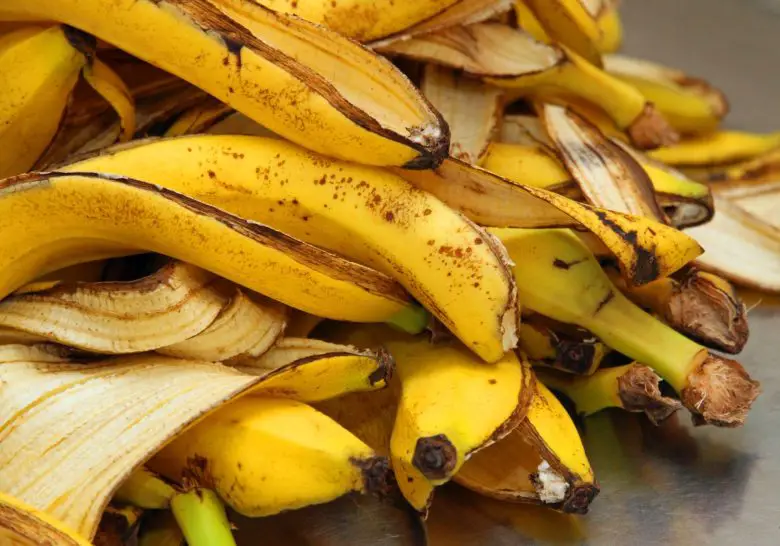
Banana peels can be added as such to home compost and become an excellent organic fertilizer. This is because they are mainly made up of organic material which decomposes easily in the composting process.
Be sure to cut banana peels into smaller pieces to speed up the decomposition process. During this process the organic material gradually breaks down and releases the valuable nutrients into the compost.
The compost can then be used as a fertilizer for plants, providing them with essential nutrients.
Remember to maintain a balance between wet (like banana peels) and dry (like dry leaves) materials in your compost pile to promote effective decomposition. Turn the compost regularly to promote aeration and mixing of the materials, thus speeding up the composting process.
How to make a liquid fertilizer with banana peel?
The best way to make a liquid fertilizer from banana peels is through a maceration process.
First collect the banana peels as you consume the bananas and store them in a sealed container until you have enough for the steeping process. Before starting the maceration process, cut the skins into smaller pieces. This will help speed up the release of nutrients.
At this point choose a container of suitable size for the preparation of the liquid fertilizer. It can be a plastic bucket or a large glass jar. Make sure the container is clean to avoid the formation of unwanted bacteria.
For the exact dosage consider 1 part banana peels and 2 parts water.
Place the cut banana peels inside the container and fill it up to half its volume, leaving enough room for expansion during fermentation.
Pour water into the container until it completely covers the banana peels. Make sure you don’t fill the container completely to avoid spillage during fermentation. The water will extract the nutrients from the banana peels during the steeping process.
Close the container with a lid to prevent the entry of insects and the dispersion of unpleasant odors during fermentation.
Place the container in a dark, cool place, such as a storage room or pantry, and let the banana peels soak in the water for up to 14 days. During this time fermentation takes place and nutrients are extracted from the banana peels.
After the fermentation period, strain the liquid using a strainer or cheesecloth to remove the banana peels. The filtered liquid will be your concentrated liquid fertilizer.
The liquid fertilizer obtained, before use, must be diluted by adding water in a ratio of 1:5 (one part of fertilizer for five parts of water).
Remember to store liquid fertilizer in a tightly sealed container and in a cool, dark place. It is best to use it within a few weeks to maintain its effectiveness.
What plants to fertilize with banana peels?
The liquid fertilizer made from banana peels can be used to feed a wide range of plants, both indoors and outdoors. Here are some examples:
- Banana peels are high in potassium, an important nutrient for flowering and fruiting. Therefore, domestic orchard trees such as: citrus fruit, pome fruit, stone fruit and exotic fruit can benefit from this type of liquid fertiliser;
- Plants that focus on producing leafy greens, such as lettuce, spinach, kale, basil, and parsley, can benefit from the nitrogen in banana peels;
- The classic home garden vegetables such as tomatoes, peppers, aubergines and courgettes benefit from the contribution of various nutrients provided by the liquid fertilizer based on banana peels;
- Many flowering plants, such as roses, petunias, geraniums and fuchsias, respond positively to the supply of potassium for a luxuriant and long-lasting flowering. So liquid fertilizer made from banana peels can contribute to better flowering and coloration of flowers.
Keep in mind that the frequency of fertilizing can vary according to the specific needs of the plants. Start with a light administration, 1 time every 15 days with normal watering, observe the response of your plants, adjusting the quantity and frequency of application accordingly.

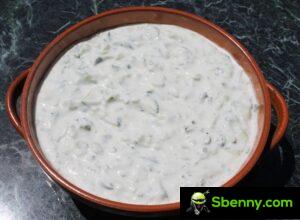
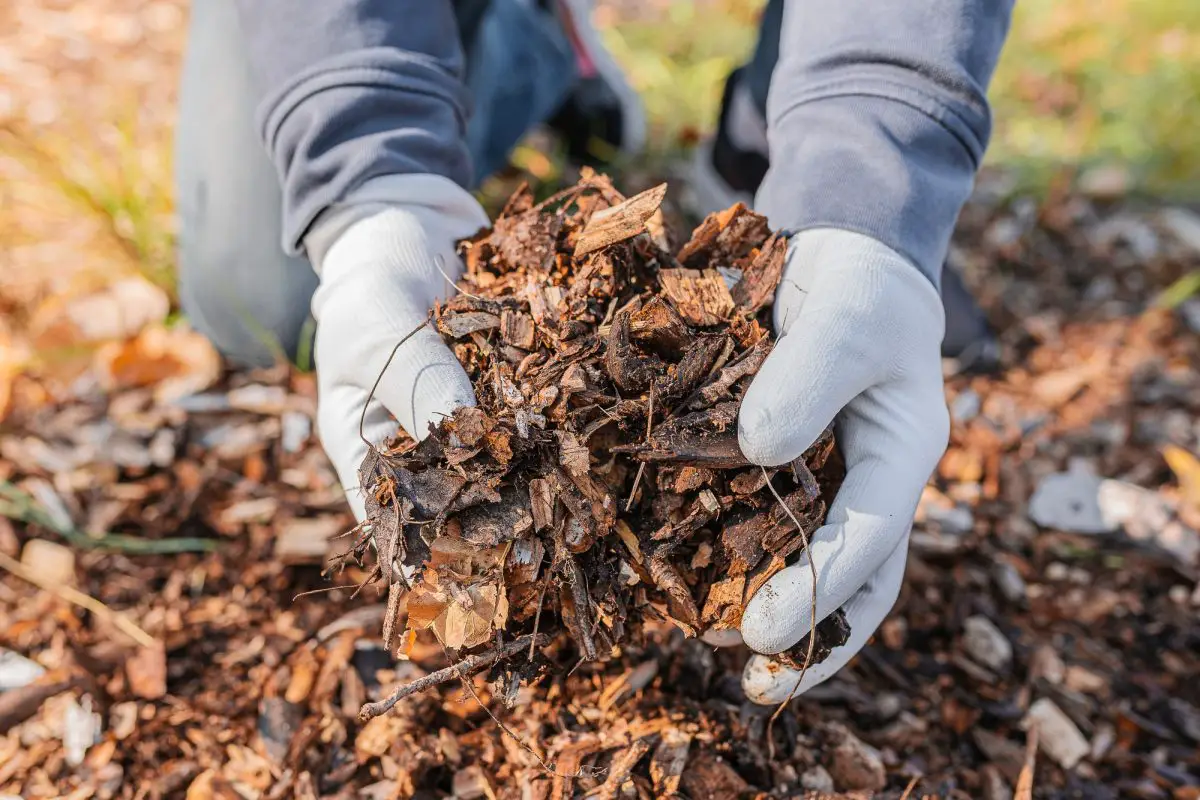
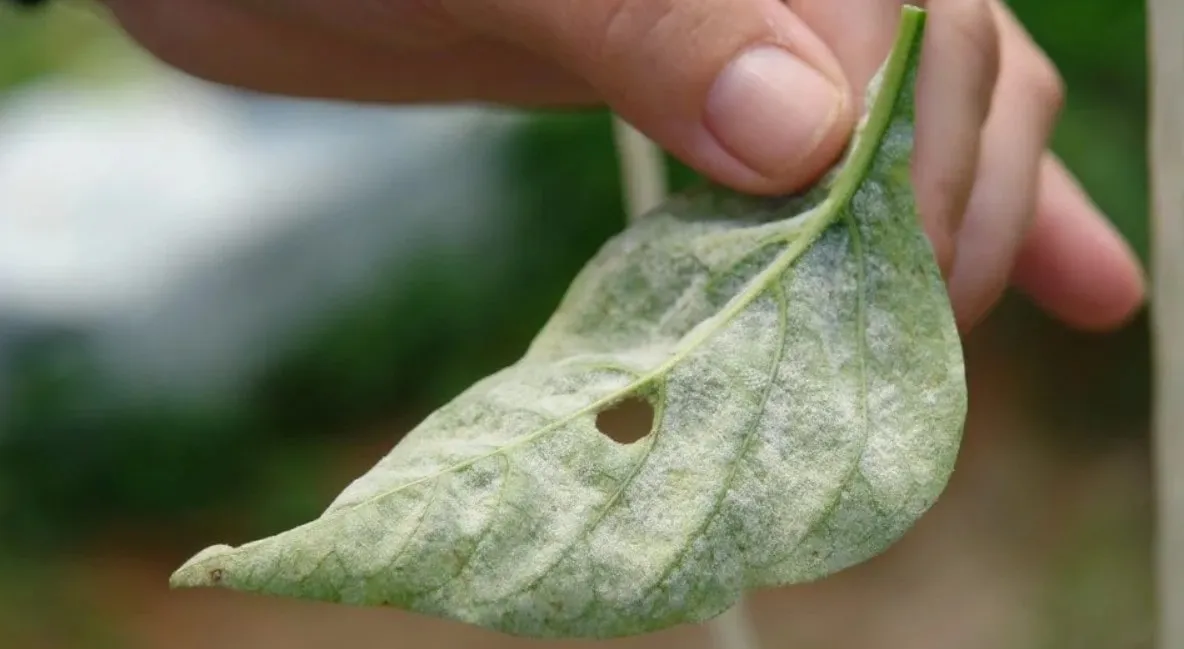
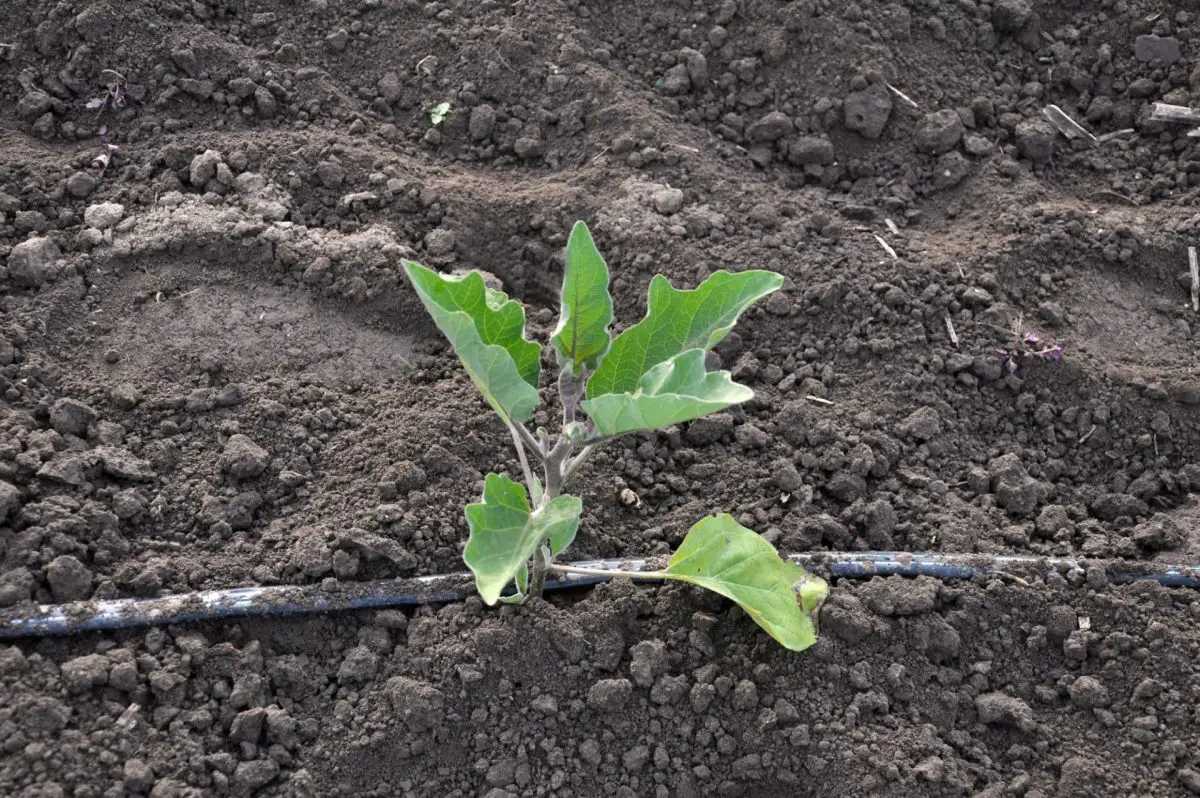
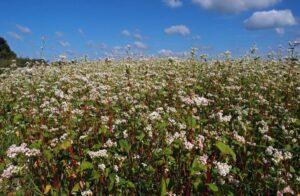
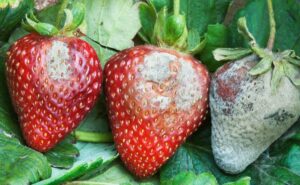
Start a new Thread